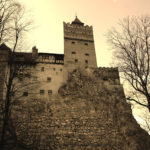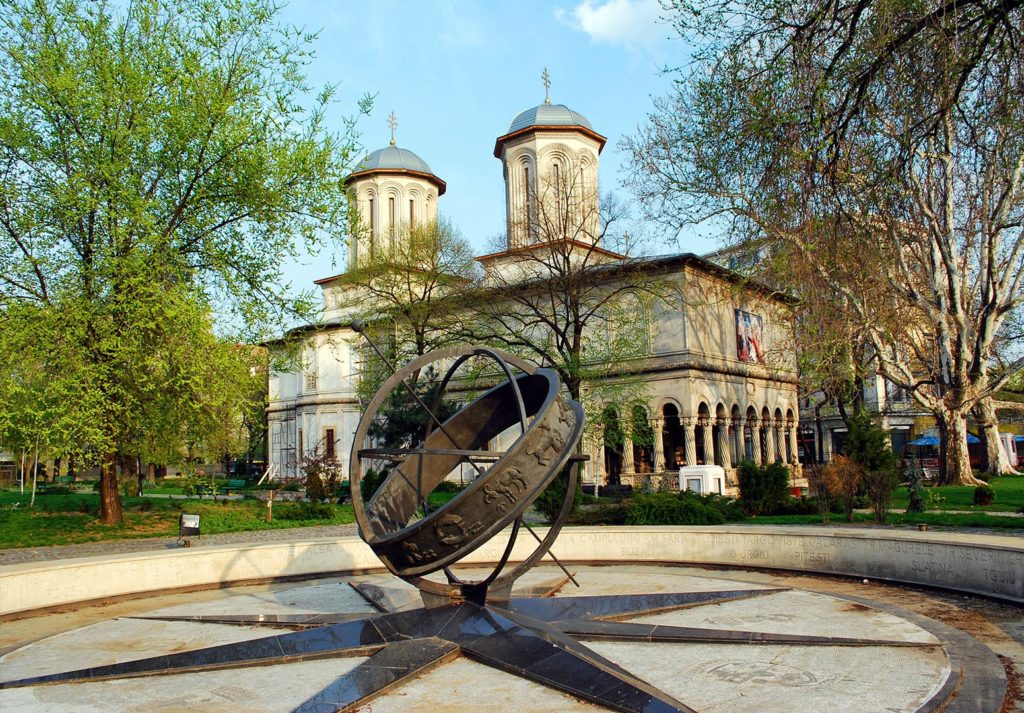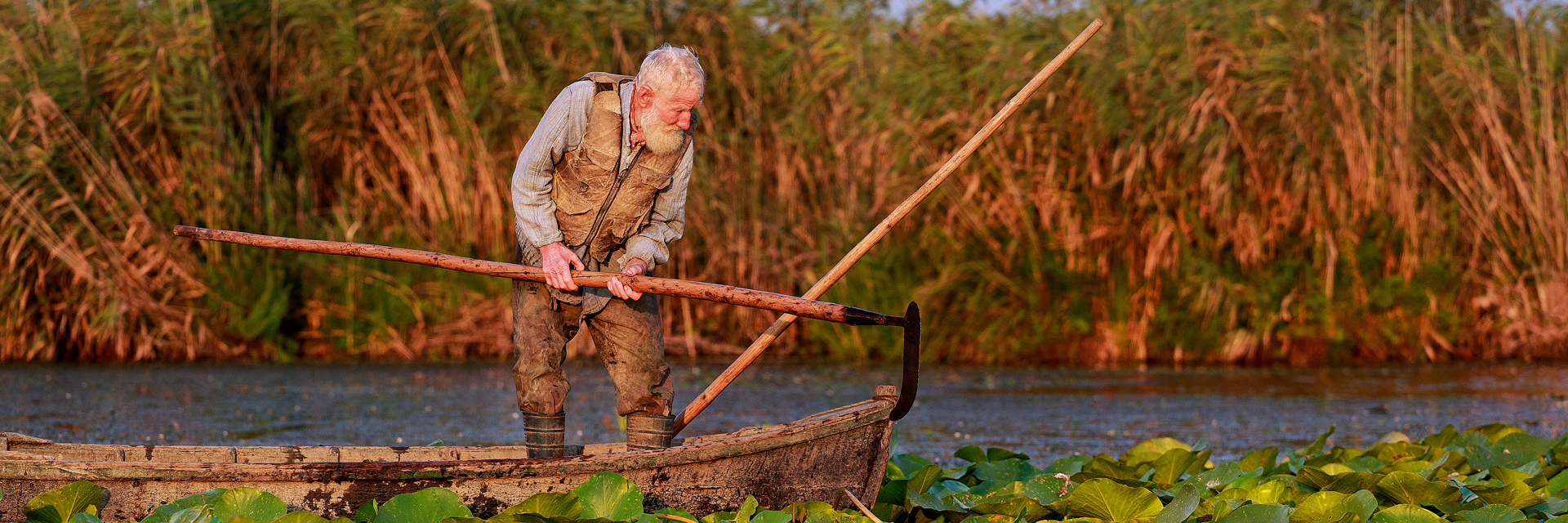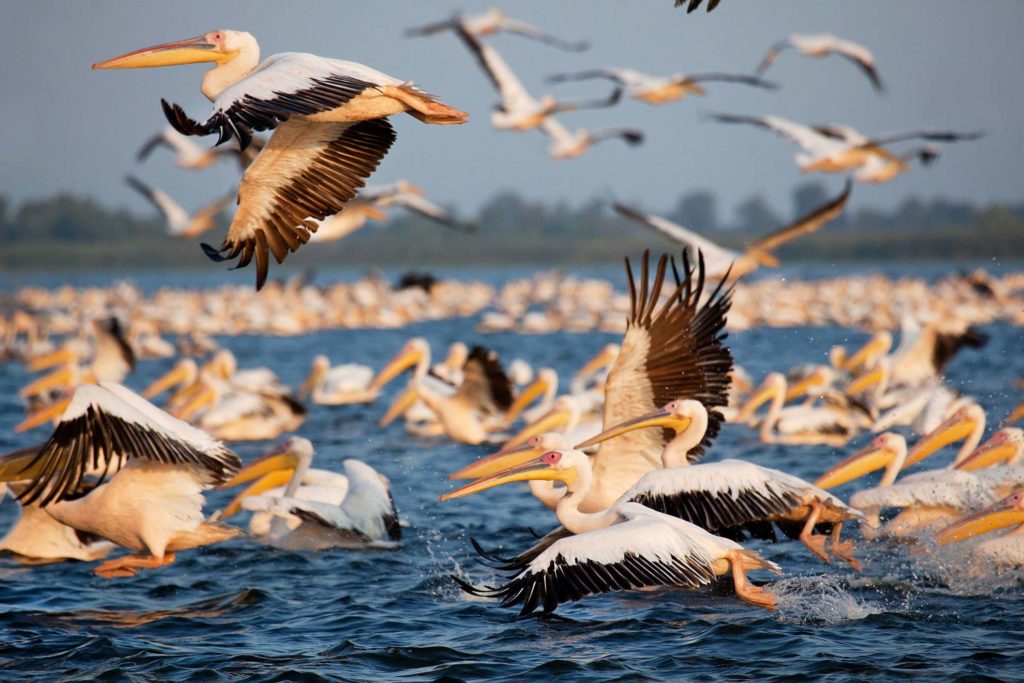The mighty Danube River flows 1,788 miles from its springs in Germany's Black Forest to the Black Sea. Just before reaching the sea it forms the second largest and best preserved of Europe's deltas: 2,200 square miles of rivers, canals, marshes, tree-fringed lakes and reed islands. The Danube Delta is a wildlife enthusiast's (especially a bird watcher's) paradise.
Formed over a period of more than 10,000 years, the Danube Delta continues to grow due to the 67 million tons of alluvia deposited every year by the Danube River. The modern Danube Delta began to form after 4000 BCE in a bay of the Black Sea, when the sea rose to its present level. A sandy barrier blocked the Danube bay where the river initially built its delta. Upon filling the bay with sediment, the delta advanced outside this barrier-blocked estuary after 3500 BCE, building several successive lobes:[5] the St. George I (3500–1600 BCE), the Sulina (1600–0 BCE), the St. George II (0 BC–present) and the Chilia or Kilia (1600 CE–present).
Ask us for a tailor-made long weekend trip in the Danube Delta (2-3 nights) Email us at georgiana@transilvania-reiser.no!
The Danube Delta is comprised of an intricate network of waterways and lakes divided between the three main estuary channels of the Danube. This area of floating reed islands, forests, pastures and sand dunes covers 3,000 square miles and is home to a fascinating mix of cultures and people as well as a vast array of wildlife. Located at the tip of the three channels, Tulcea makes a great starting point for exploring the Danube Delta.
The Danube Delta Biosphere Reserve has the third largest biodiversity in the world (over 5,500 flora and fauna species), exceeded only by the Great Barrier Reef in Australia and the Galapagos Archipelago in Ecuador. Moreover, it is home to over 60% of the world's population of pygmy cormorants (phalacrocorax pygmeus), 50% of red-breasted geese (branta ruficollis) and the largest number of white pelicans (pelecanus onocrotalus) and Dalmatian pelicans (pelecanus crispus) in Europe.
A bird-watchers' paradise, the Danube Delta offers the opportunity to spot more than 300 species of migratory and resident birds, including eagles, egrets, vultures, geese, cranes, ibises, cormorants, swans and pelicans. Located on the 45th parallel, the Danube Delta makes for a perfect stopping-off point between the Equator and the North Pole for millions of migratory birds.
The Delta can be explored as part of a Danube River Cruise, or on day trips and boat excursions from Tulcea which has good hotels, restaurants specializing in fish dishes and the Museum of the Danube Delta.











